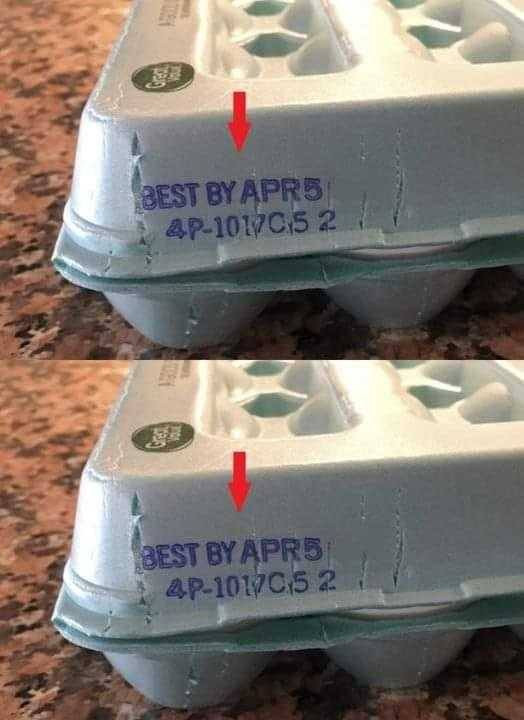ADVERTISEMENT
Certainly! Here’s a draft article based on your prompt:
Pay Attention to This Date From Now On: It’s Not an Ordinary Expiration Date
When you glance at a recipe or a product package, the expiration date usually just signals when something might no longer be safe or fresh to consume. But what if there was a date that meant so much more than just “use by”?
In the world of cooking and food preservation, certain dates mark turning points — moments when flavors transform, textures evolve, and dishes reach their peak deliciousness. This is especially true for recipes that involve fermentation, aging, or marination. From sourdough starters to kimchi, cured meats to aged cheeses, the date you mark on your calendar can be the difference between a good meal and an unforgettable culinary experience.
Why This Date Matters
Unlike a typical expiration date, this key date is a celebration of transformation. It tells you when your creation has fully developed its character, when subtle chemical and biological processes have worked their magic, and when your food is ready to delight the senses.
For example, if you’re making a homemade kimchi recipe, the date you start the fermentation isn’t the end — it’s the beginning of a countdown. Depending on the temperature and ingredients, the kimchi might need anywhere from a few days to a few weeks to mature into its iconic tangy, crunchy self. Marking that date carefully helps you track progress and know exactly when to open the jar for maximum flavor.
Similarly, recipes involving cured meats or aged cheeses rely on controlled aging periods. The expiration date isn’t about safety alone, but about hitting the perfect window for taste and texture.
How to Use This Date in Your Cooking
- Label your containers: Write down the start date clearly on your jars or packages.
- Set reminders: Use your phone or kitchen calendar to alert you when your recipe reaches the ideal time.
